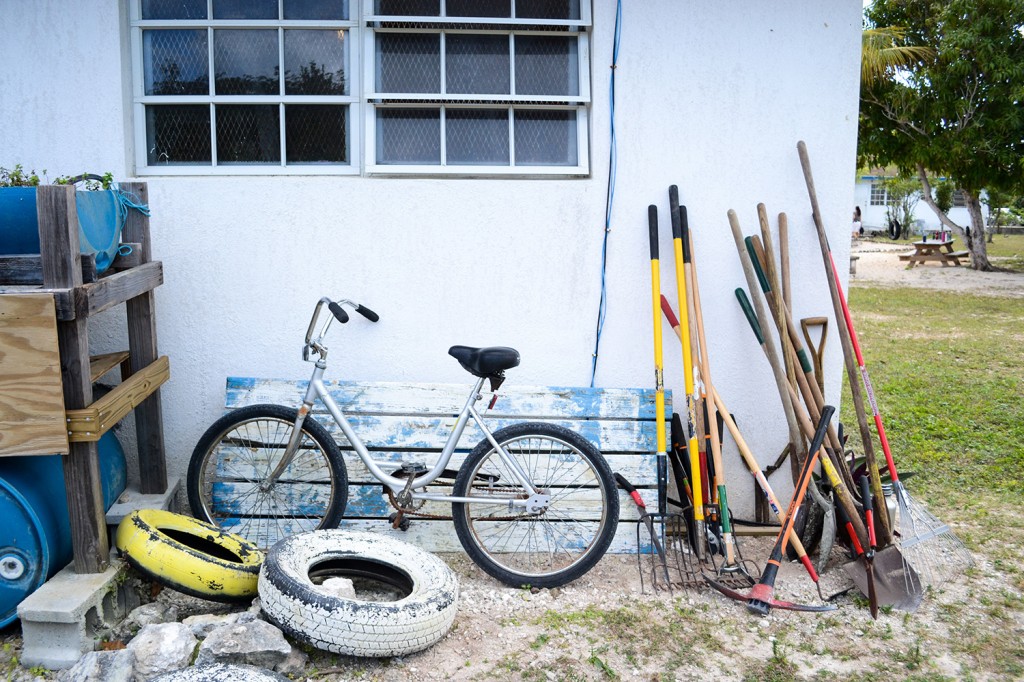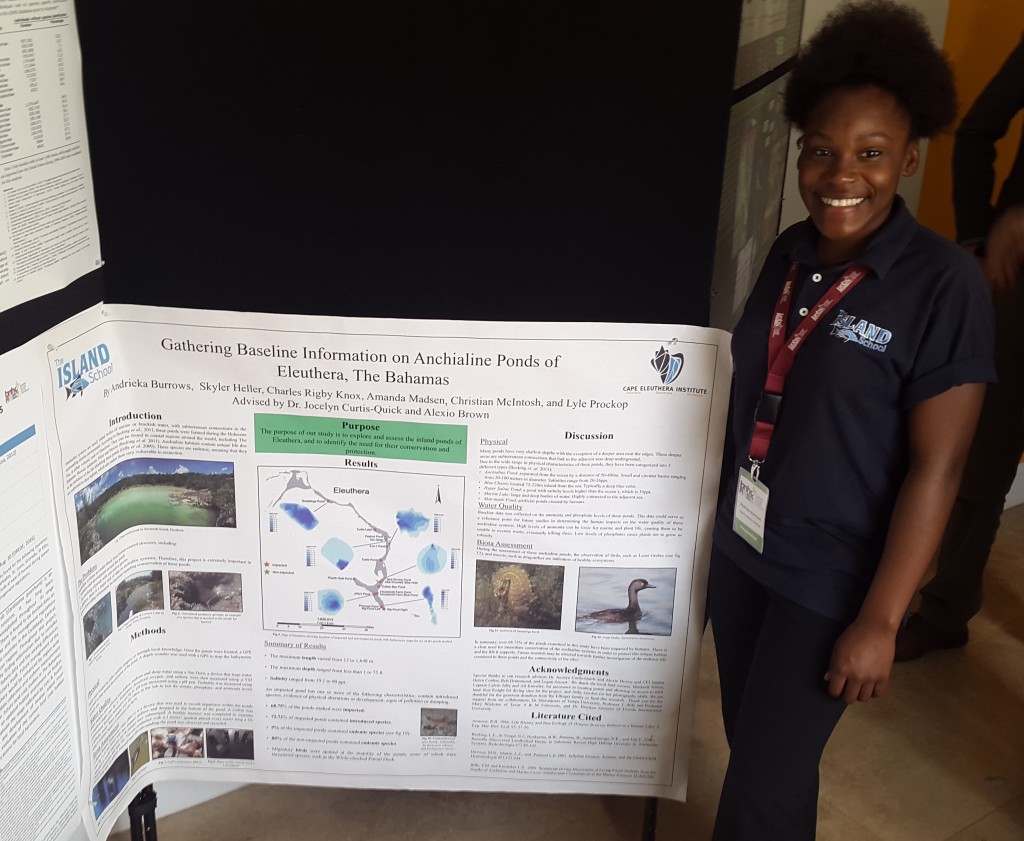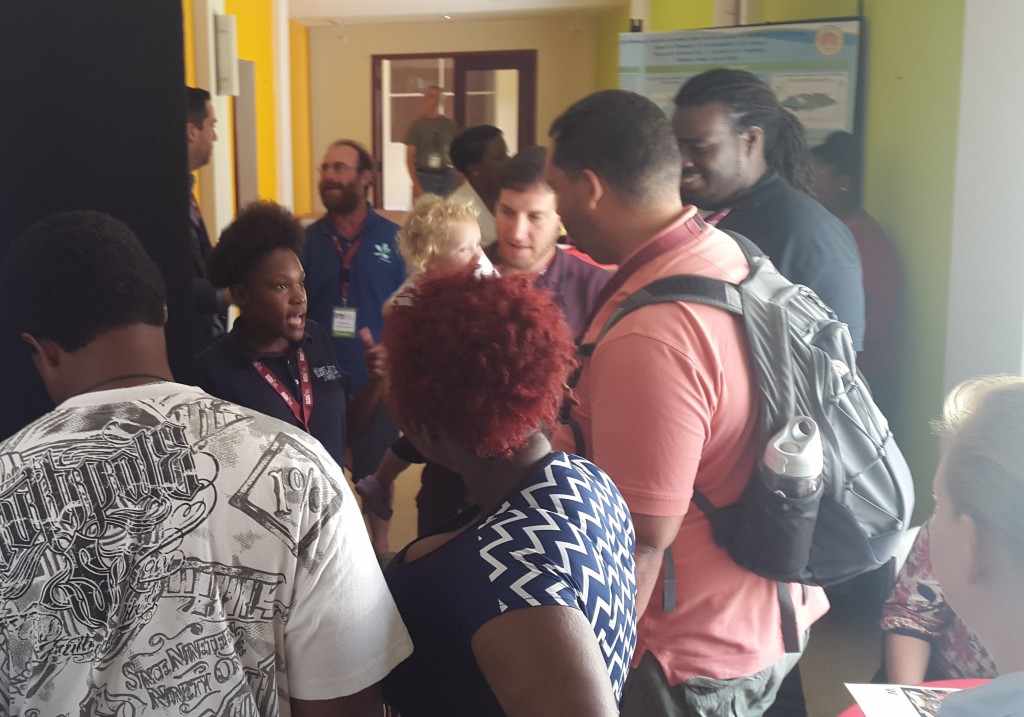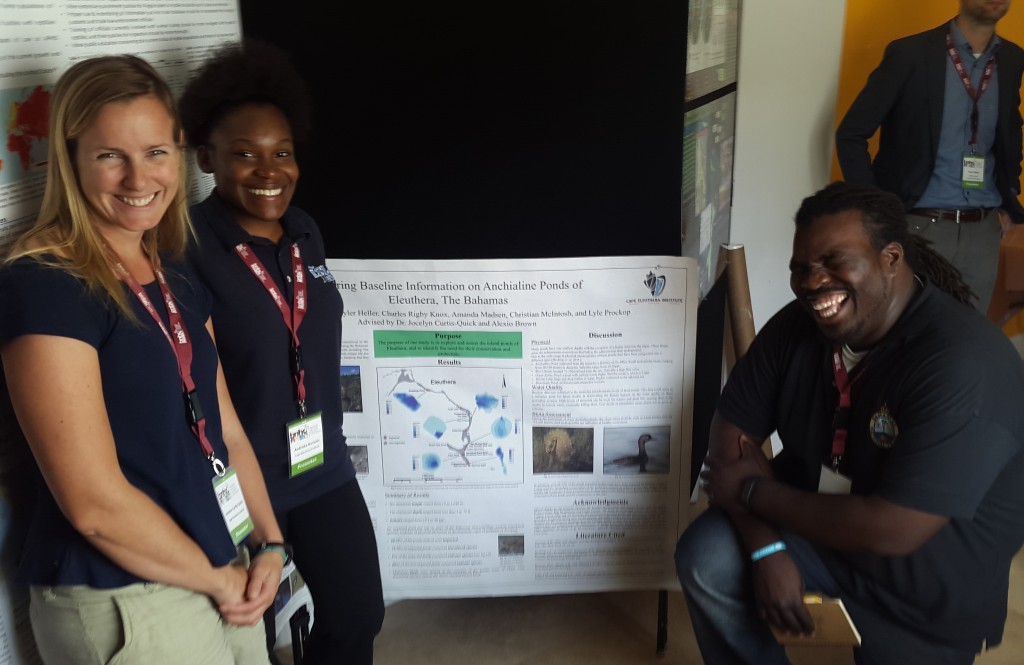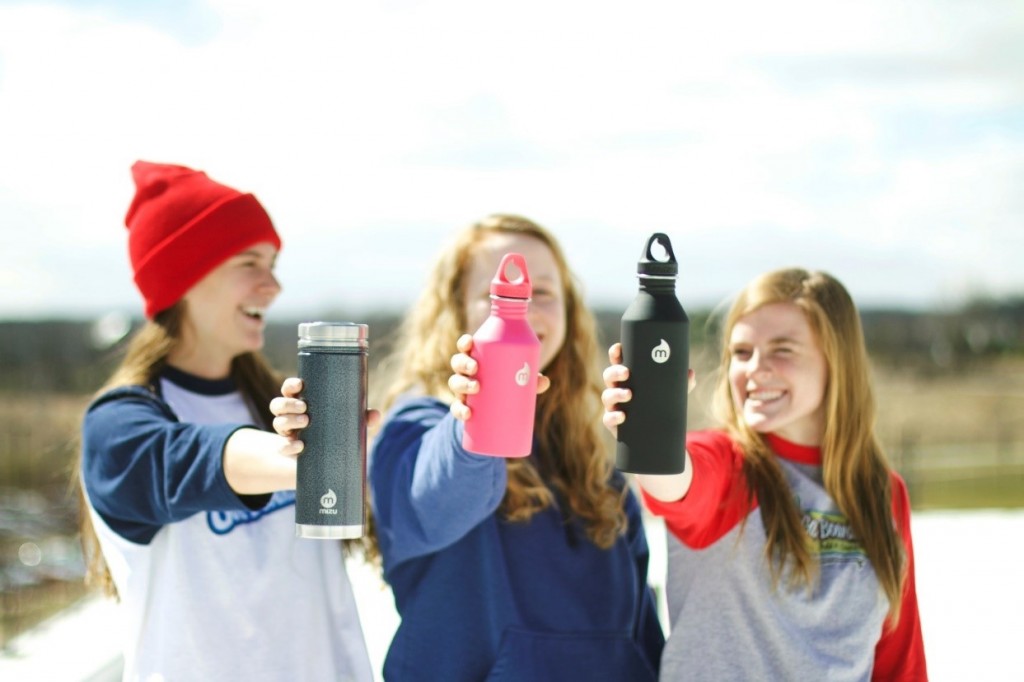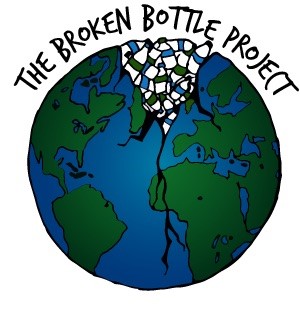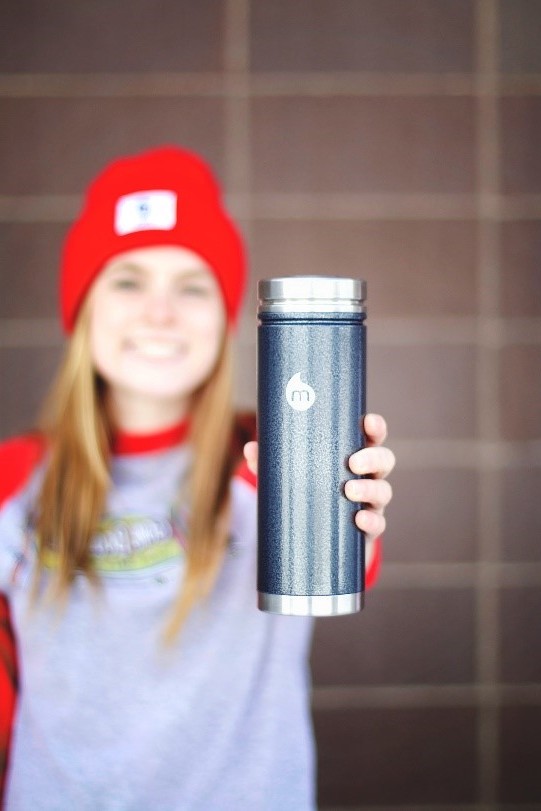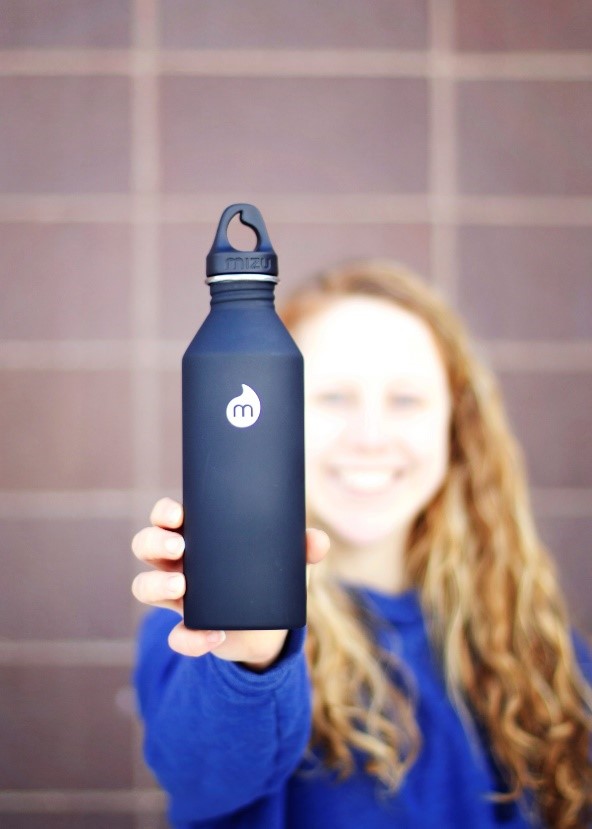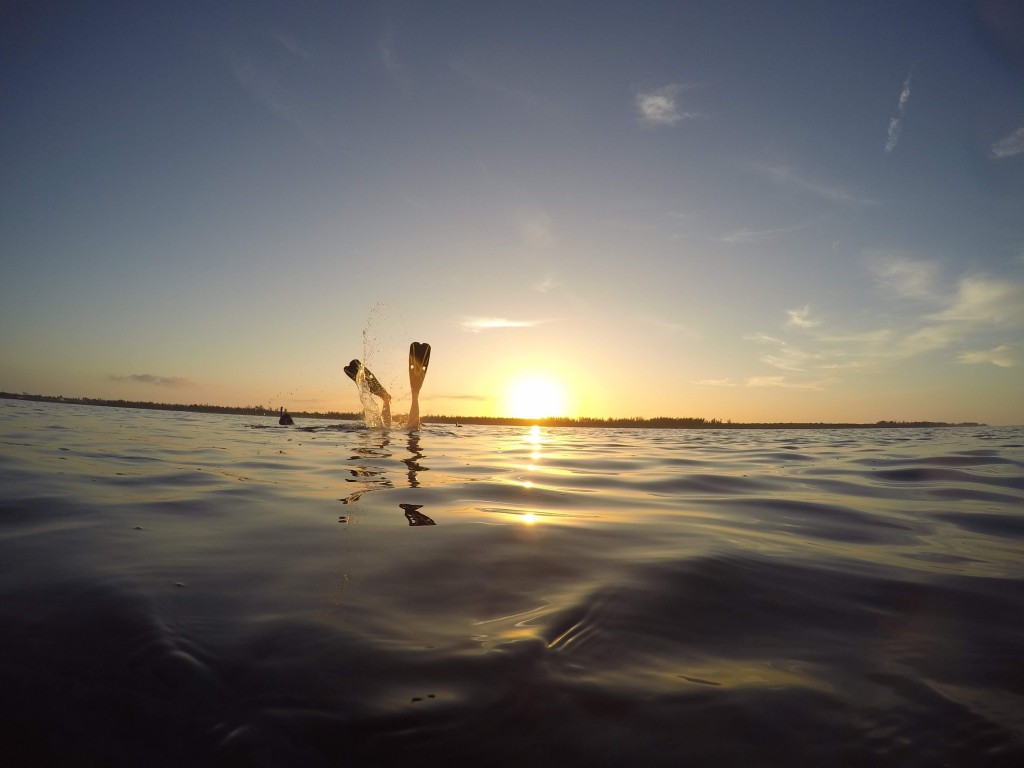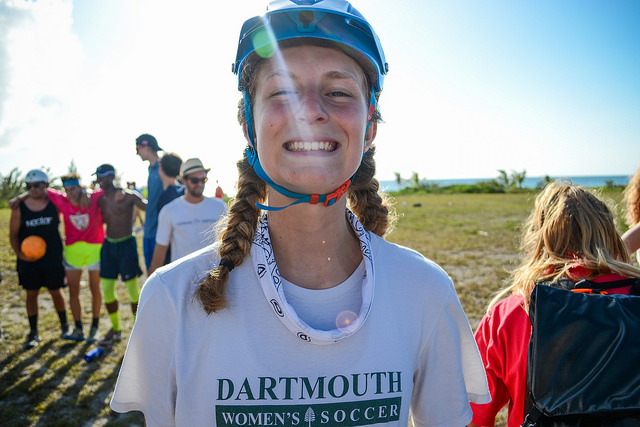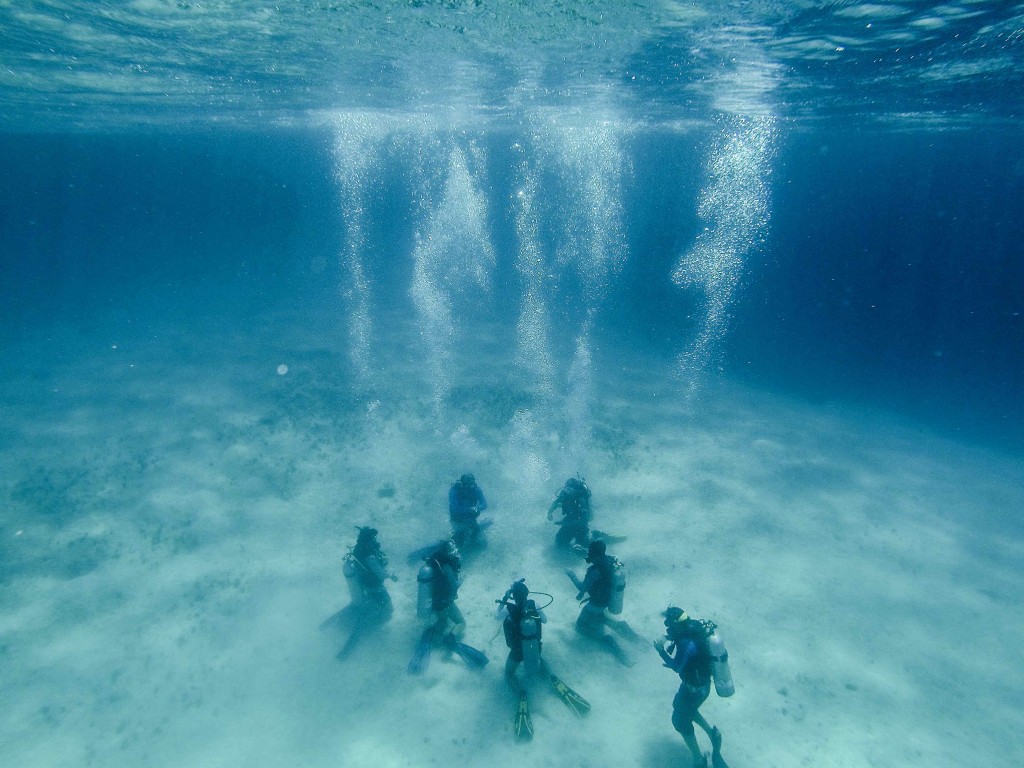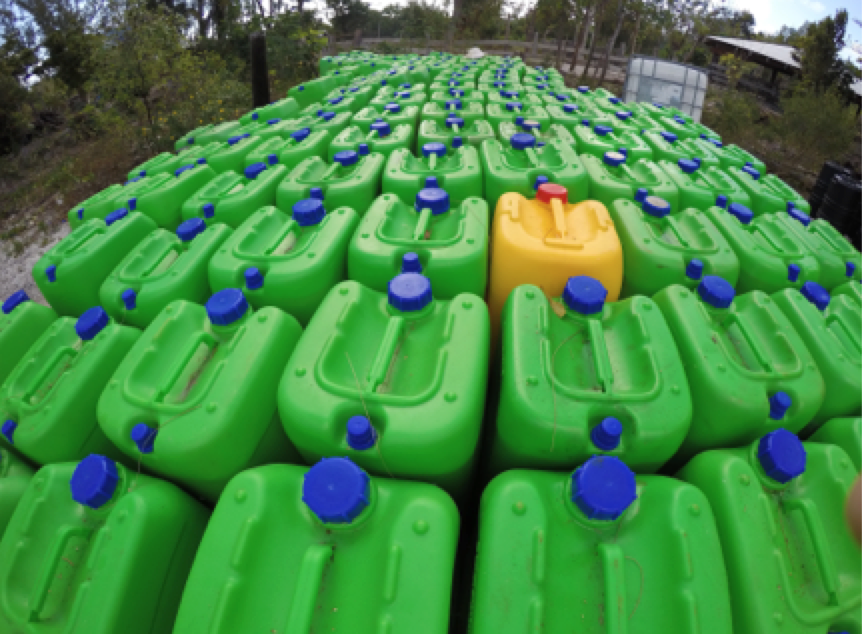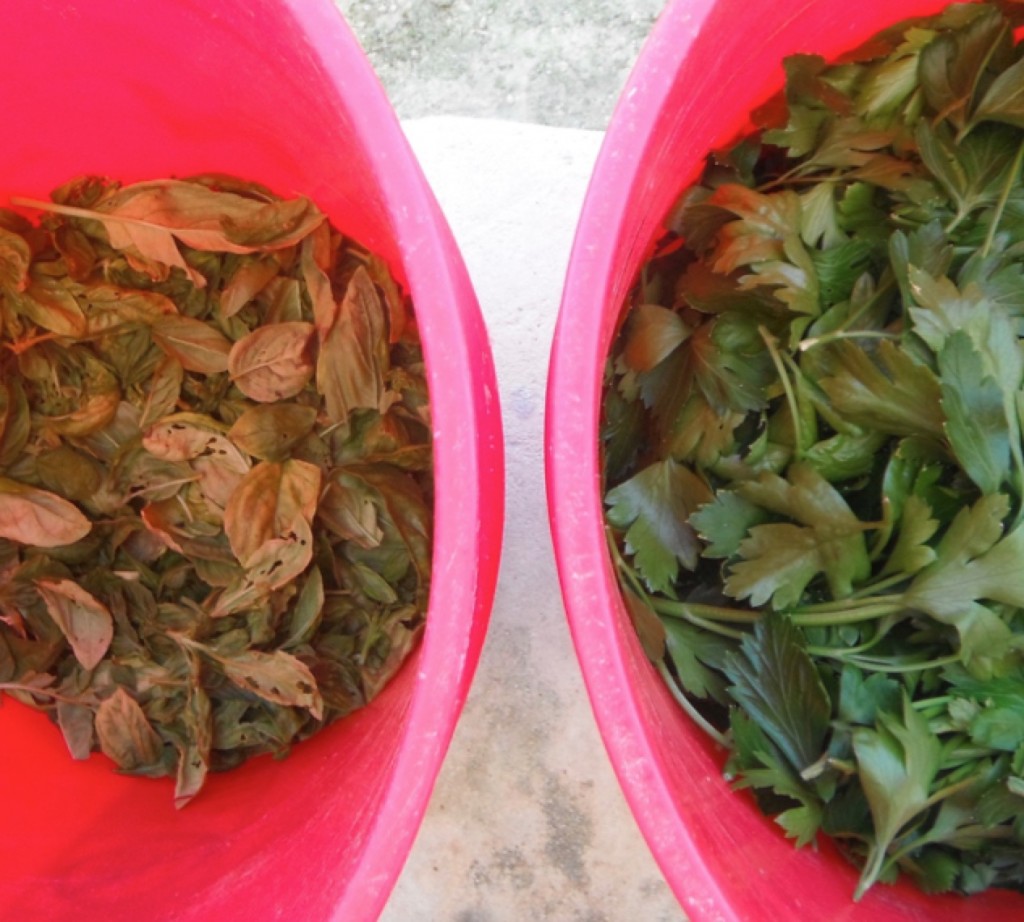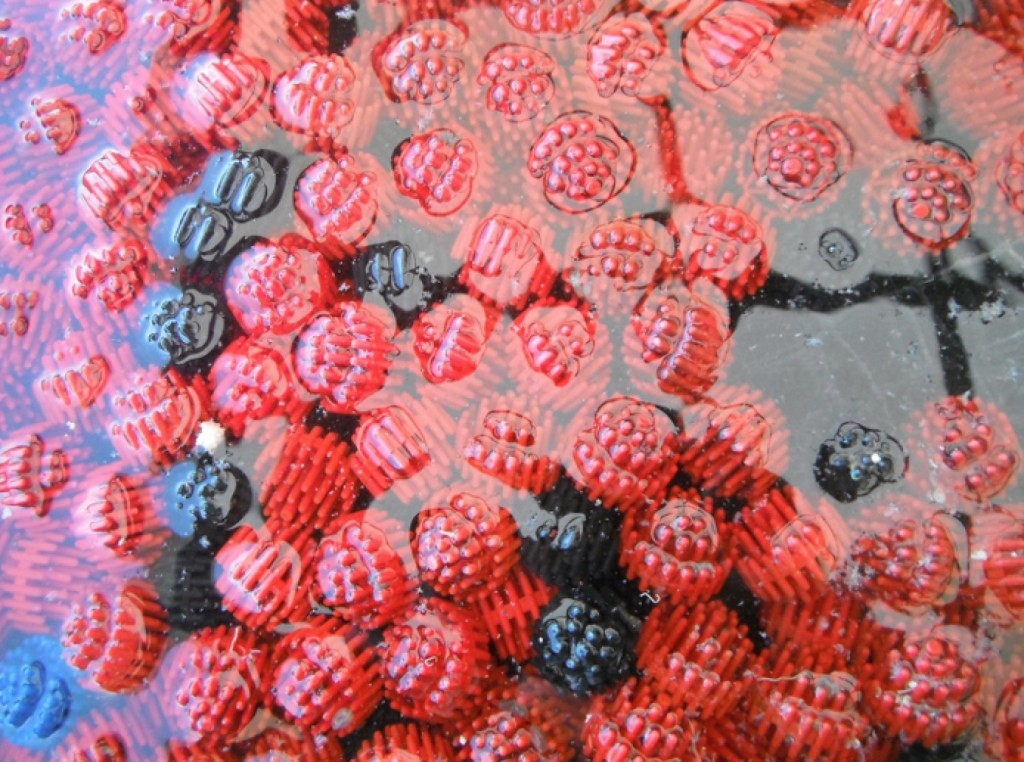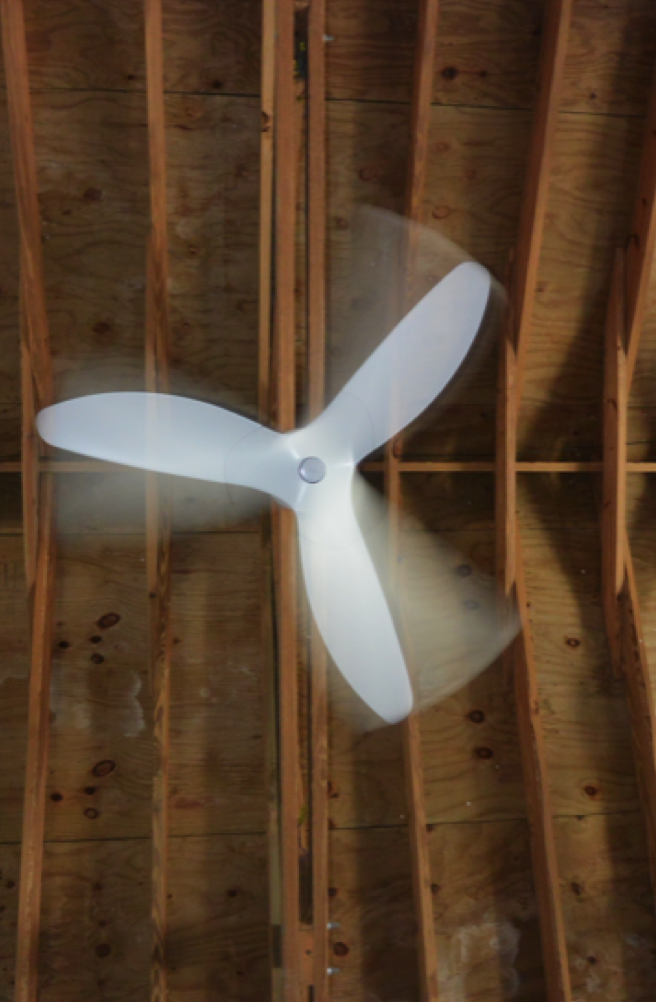6:10 - Wake up time! North side alarm goes off.
6:15 - I get up out of bed to turn on the lights.
6:21 - The rest of the dorm starts to get out of bed.
6:26 - Most boys are up and out of bed, getting ready for their respective morning exercise.
6:30 - The time that we are supposed to be out for circle. Unfortunately, that does not happen every morning, but it’s not always the fault of the boys.
6:40 - Morning exercise begins.
Monday
Mondays are usually days for regular run/swim tracks. Run track is different most days where students will do a variety of different running workouts. I personally am in run track and we have quite a few different routines. Our runs usually range from a minimum of two miles and we’ve maxed out at about six to seven miles thus far. Other workouts consist of timed sprints with slow jogs in between each sprint. The end goal for run track is a half marathon. Swim track has their own workouts to prepare them for a four-mile swim at the end of the year.
Tuesday
Tuesday is our once-a-week long track. Run track runs down the Queens highway for a certain amount of time and turns around to run back once that time is up. Last week, we ran twenty-five minutes down the highway and then ran back. Swim track also has long track, and they swam to a pole toward the marina. Their swim was a total of about one mile.
Wednesday
Wednesday mornings are special because we can sleep-in. Usually, we have circle at 6:30 in the morning. Wednesdays, first circle isn’t until 8:00 AM, however, there is an optional free-dive available to students who would like to participate. Free diving is simply diving without a SCUBA kit. Usually, we travel to Tunnel Rock dive site on Wednesdays. Tunnel Rock is the shallower of the two free diving sites that we habituate. It is a massive coral head that is full of holes and tunnels. Its deepest point is about thirty-five feet and the top of the coral head is no deeper than fifteen feet below the surface.
Thursday
Thursday’s morning exercise is normal run and swim tracks. Each group does their respective exercises just like a Monday run and swim track routine.
Friday
Fridays are either a regular exercise day or, as I call it, a “Special Exercise Day.” We could either have a “psycho”, a timed run/swim or regular track practice. A psycho is a combination of exercises and running. We start at the flagpole and start to follow a staff member as they run to a location. Once we arrive at said location we will participate in some sort of exercise for 1-4 minutes on average. We might do push-ups, wall-sits, leg-lifts, other abs workouts, squats (etc.). This pattern continues for about forty-five minutes until it’s time for chores.
Saturday
I love Saturday morning exercise. Almost every Saturday, I would rather wake up early to exercise than to sleep in. So far, we have had the option of yoga or ultimate Frisbee at the marina. There was one day when we played soccer, also. Ultimate Frisbee is one of my favorite activities to play at home and having an opportunity to do it here is awesome for me. I love watching the sunrise over the ocean as a white disc flies effortlessly through the air (depending on who threw it). Ultimate is a great way to exercise but to have fun at the same time.
Sunday
There is no official morning exercise on Sundays, but there is a free dive at 10:00 to the “cathedral” dive site. I love cathedral because it is different than Tunnel Rock, which gives me an opportunity to explore a dive site separate from the one we use for our Marine Ecology dives. One Sunday morning, I woke up at about 8:00 and used the “Flintstone” gym with Justin. The Flintstone gym is a pile of barbells with molded concrete on each end and a few sets of differently weighted, concrete dumbbells. One might be surprise how much one can do with such limited resources.

